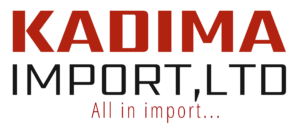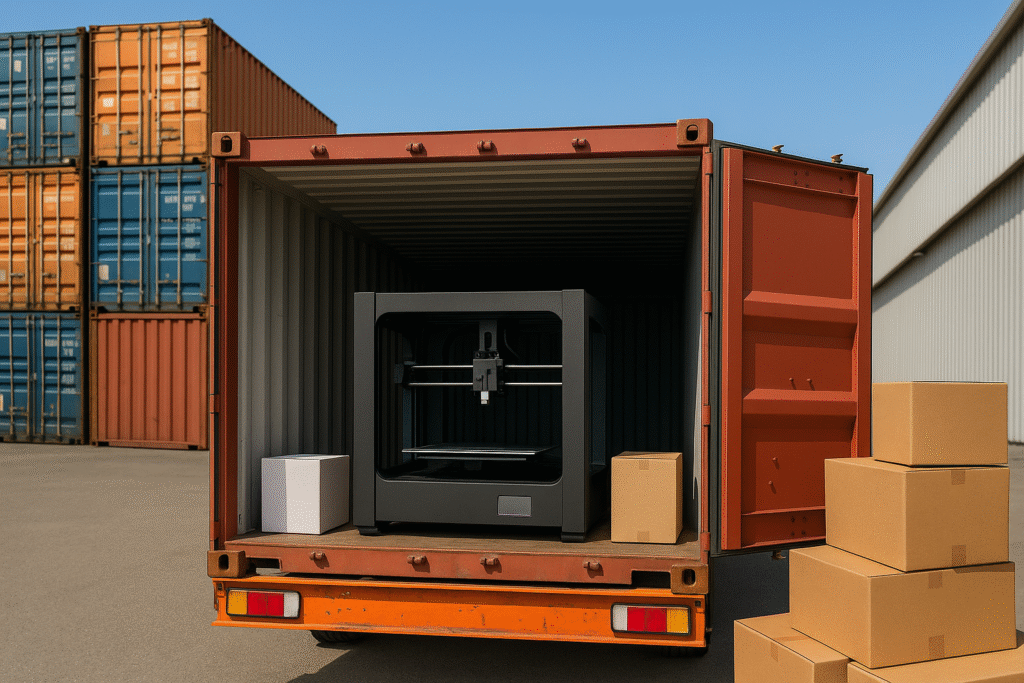Importing 3D Printers in Global Trade
Importing 3d printers is becoming a decisive trend in international commerce. As demand for additive manufacturing equipment grows, businesses must adapt their logistics strategies, manage tariff exposure, and maintain compliance with evolving trade regulations. Companies that act early will be better positioned to thrive in 2025.
HS Codes and Compliance in Importing 3D Printers
One of the most critical aspects of importing 3d printers is correct HS code classification. The chosen code determines tariff rates, eligibility for trade agreements, and how smoothly shipments move through customs. Errors in classification can trigger costly delays and penalties, so many importers partner with customs brokers to secure accuracy.
Logistics and Freight Planning
Transporting 3D printers requires balancing speed, cost, and equipment protection. Air freight offers rapid delivery but raises expenses, while sea freight is more affordable for bulk shipments, though slower. Proper documentation—including invoices, packing lists, and certifications—ensures smooth customs clearance. Reliable freight services also help safeguard delicate printers from damage during transit.
Tariff Challenges and Importing Strategies
Rising tariffs have pressured importers to seek creative solutions. Many companies now mix overseas sourcing with regional additive manufacturing. This hybrid strategy reduces tariff exposure, supports resilient supply chains, and helps maintain competitive pricing despite global trade uncertainties.
Global Opportunities from Printer Imports
Studies show that higher levels of 3D printer imports correlate with increased exports of products such as medical devices, automotive parts, and consumer electronics. Importing 3d printers therefore fuels not just local production but also greater global competitiveness, proving its value for expanding trade opportunities.
Outlook for 2025
The 2025 market outlook indicates steady demand for desktop and entry-level units, while larger industrial models may see slower growth. Businesses that strengthen logistics, stay compliant with regulations, and plan around tariff risks will be best equipped to succeed in the evolving global marketplace.
Source: FreightAmigo

